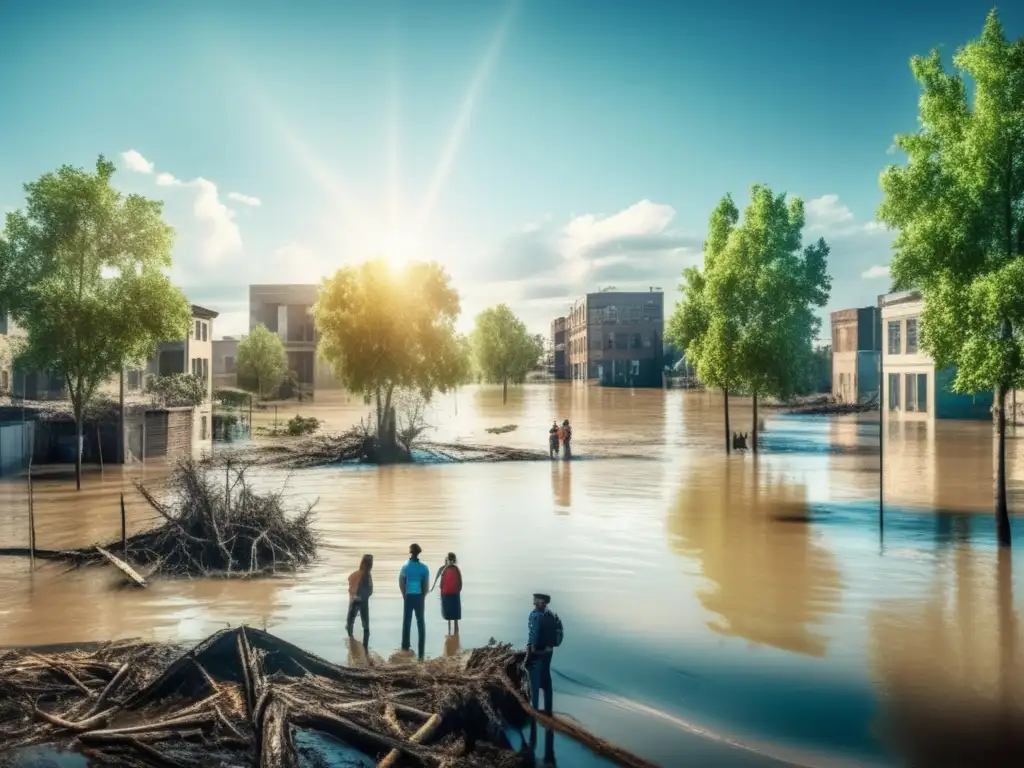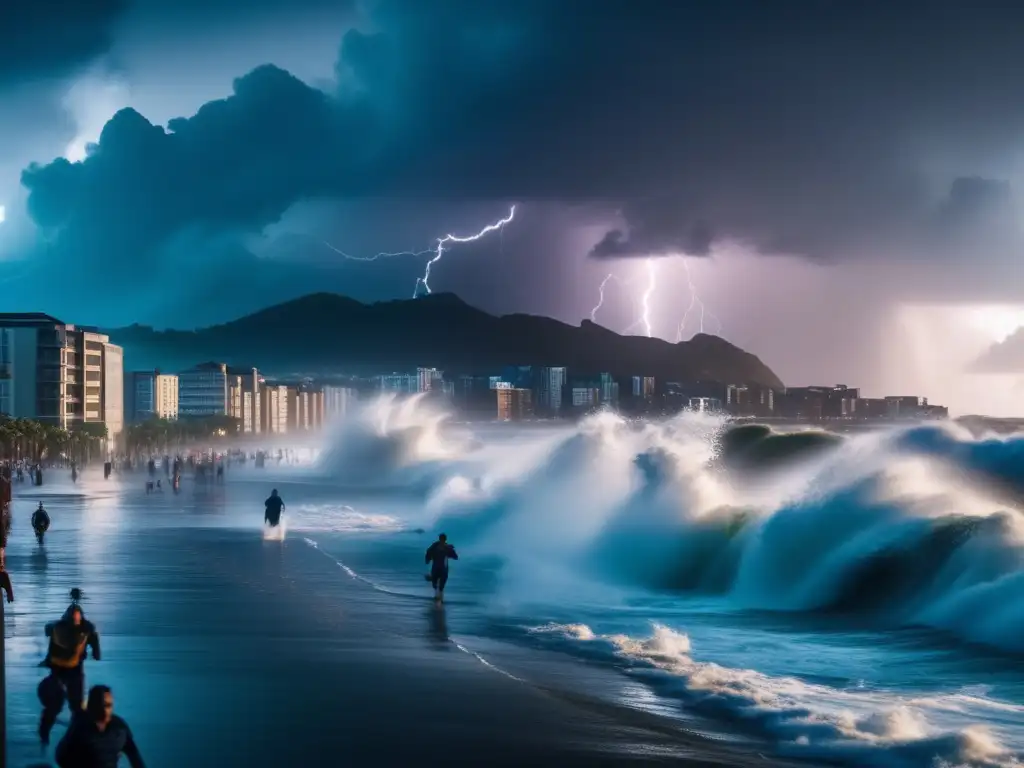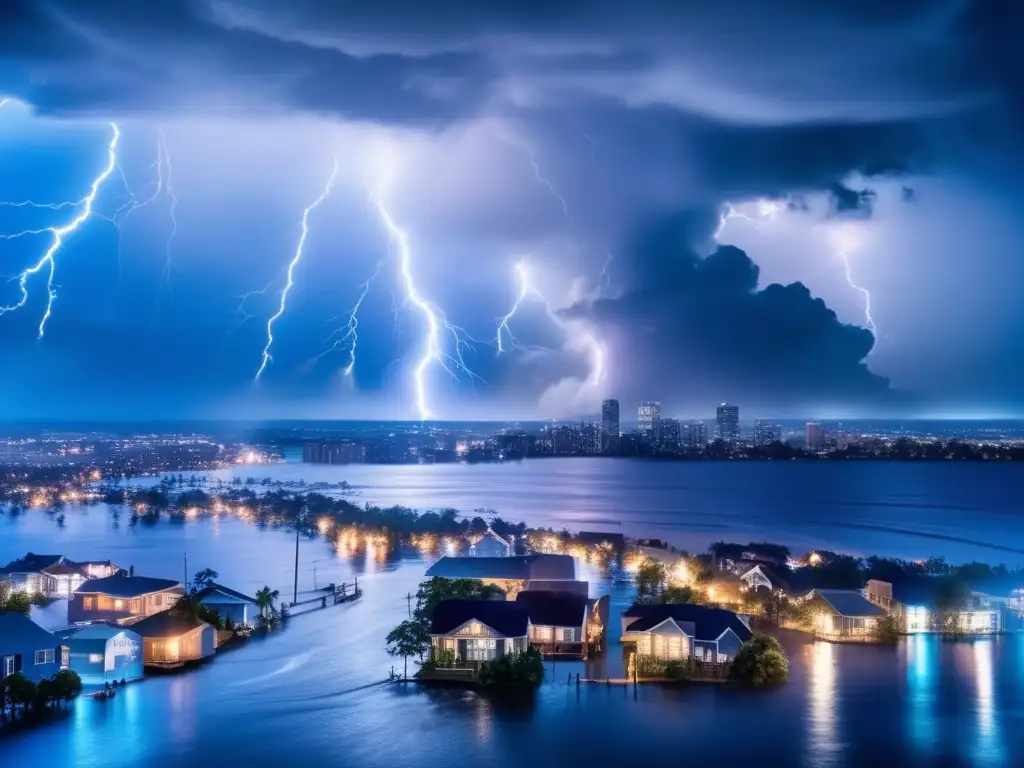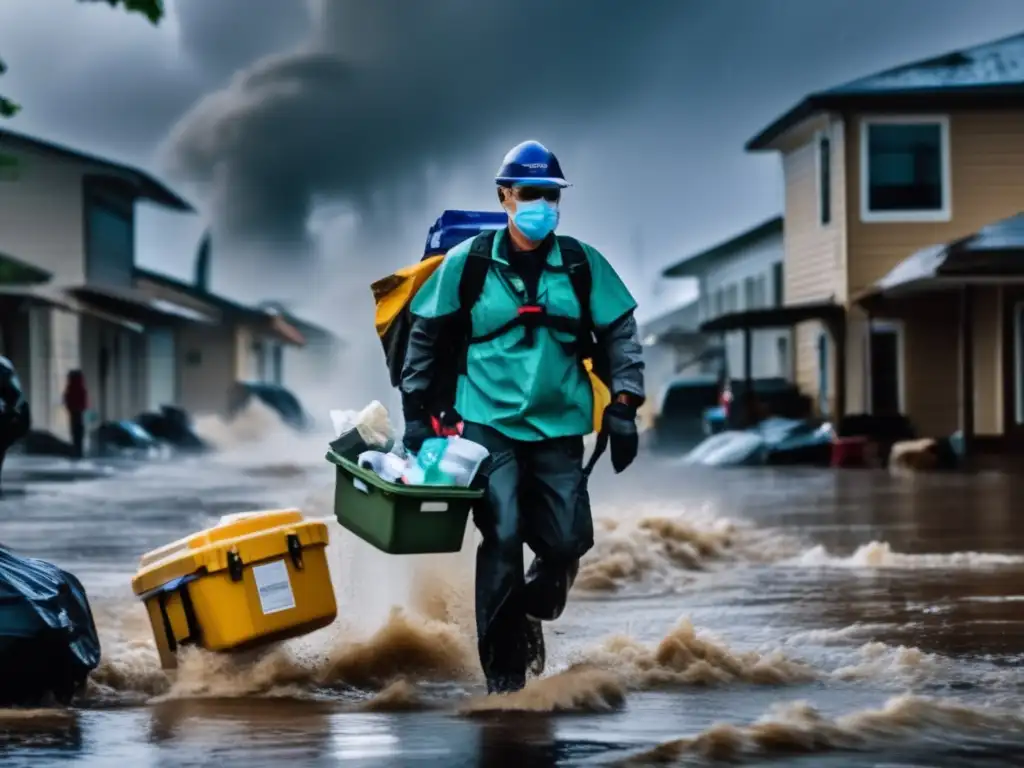Flood Zones And What They Mean For Your Hurricane Preparedness

Flood Zones and What They Mean for Your Hurricane Preparedness
Introduction
When it comes to hurricanes, one of the most important things you can do to prepare yourself and your property is to understand your flood risk. Flood zones are areas designated by the Federal Emergency Management Agency (FEMA) based on the likelihood of flooding during a hurricane or other severe weather event. Knowing your flood zone can help you determine what steps you need to take to protect your home, family, and belongings from potential flood damage. In this article, we will explore the different types of flood zones and what they mean for your hurricane preparedness.
Coastal Areas and the Threat of Storm Surge

What is storm surge?
Storm surge is the abnormal rise in seawater level during a hurricane or tropical storm. It is caused by strong winds pushing water towards the shore, which can result in devastating flooding in coastal areas.
What flood zones are considered high-risk for storm surge?
Coastal areas that are near the ocean or a major river, and have an elevation below sea level, are typically considered high-risk flood zones for storm surge. These areas are designated as Zone V on FEMA flood maps.
What steps should you take if you live in a high-risk flood zone for storm surge?
If you live in a high-risk flood zone for storm surge, there are several steps you can take to reduce the risk of flood damage during a hurricane:
- Install storm shutters or impact-resistant windows and doors
- Elevate critical utilities (such as electrical panels, HVAC systems, and water heaters)
- Anchor fuel tanks, generators, and other outdoor equipment
- Ensure your flood insurance coverage is up-to-date and adequate
Inland Areas and the Threat of Heavy Rainfall

What flood zones are considered high-risk for heavy rainfall?
Inland areas that are located near rivers, streams, or other bodies of water, as well as those with poor drainage systems, are typically considered high-risk flood zones for heavy rainfall. These areas are designated as Zone A on FEMA flood maps.
What steps should you take if you live in a high-risk flood zone for heavy rainfall?
If you live in a high-risk flood zone for heavy rainfall, there are several steps you can take to reduce the risk of flood damage during a hurricane:
- Clear debris from gutters, downspouts, and drains
- Install French drains or other drainage systems to redirect water away from your home
- Elevate critical utilities (such as electrical panels, HVAC systems, and water heaters)
- Ensure your flood insurance coverage is up-to-date and adequate
The Importance of Flood Insurance

Why is flood insurance important?
Many homeowners assume that their standard homeowners insurance policy will cover flood damage caused by a hurricane or other severe weather event. Unfortunately, this is not always the case - most standard policies specifically exclude flood coverage. Without flood insurance, homeowners may be left responsible for the costly repairs or replacement of their property and belongings.
How do you get flood insurance?
Flood insurance is available through the National Flood Insurance Program (NFIP), which is managed by FEMA. Homeowners can purchase flood insurance policies directly from the NFIP or through an insurance agent. It's important to note that there is often a 30-day waiting period before the policy goes into effect, so don't wait until a hurricane is on the horizon to purchase coverage.
How much does flood insurance cost?
The cost of flood insurance depends on several factors, including the location and elevation of your property, the value of your home and belongings, and the level of coverage you choose. On average, flood insurance policies cost around $700-$800 per year, but costs can vary widely based on these factors.
Frequently Asked Questions

-
What should I do if I live in a flood zone?
If you live in a flood zone, it's important to take steps to protect yourself and your property from potential flood damage. This may include purchasing flood insurance, elevating critical utilities, and installing storm shutters or impact-resistant windows and doors.
-
Do I need flood insurance if I don't live in a high-risk flood zone?
While homeowners in high-risk flood zones are required to have flood insurance, it's still a good idea for those outside of these areas to consider purchasing coverage. Floods can happen anywhere, and even a few inches of water can cause significant damage.
-
Can I purchase flood insurance during a hurricane?
There is typically a 30-day waiting period before a flood insurance policy goes into effect, so it's not recommended to wait until a hurricane is imminent to purchase coverage.
-
What should I do if my home is damaged in a flood?
If your home is damaged in a flood, the first step is to ensure the safety of yourself and your family. Then, contact your insurance provider to report the damage as soon as possible. Take photos of the damage and keep all receipts for any repairs or replacements you need to make.
-
How can I find out what flood zone I am in?
You can locate your flood zone on the FEMA Flood Map Service Center website. Simply enter your address or city/zip code to view the flood map for your area.
Conclusion
Understanding your flood risk is a crucial part of hurricane preparedness. By knowing your flood zone and taking steps to protect your property, you can minimize the risk of flood damage during a severe weather event. Whether you live in a high-risk flood zone or not, purchasing flood insurance is an important step in protecting yourself and your belongings. Stay safe and stay informed!
If you have any questions or additional tips on hurricane preparedness, please share them in the comments section below. Don't forget to subscribe to hurricaneinsider.org for more information on hurricanes and other severe weather events.
Additional Resources

 Gas Shut-Off Wrenches
Gas Shut-Off Wrenches How To Handle Important Medical Needs During Hurricanes
How To Handle Important Medical Needs During Hurricanes Battery-Powered Alarm Clocks
Battery-Powered Alarm ClocksIf you want to discover more articles similar to Flood Zones And What They Mean For Your Hurricane Preparedness, you can visit the Hurricane preparedness: category.
Leave a Reply

Articulos relacionados: